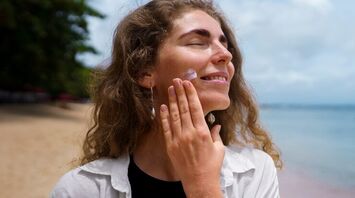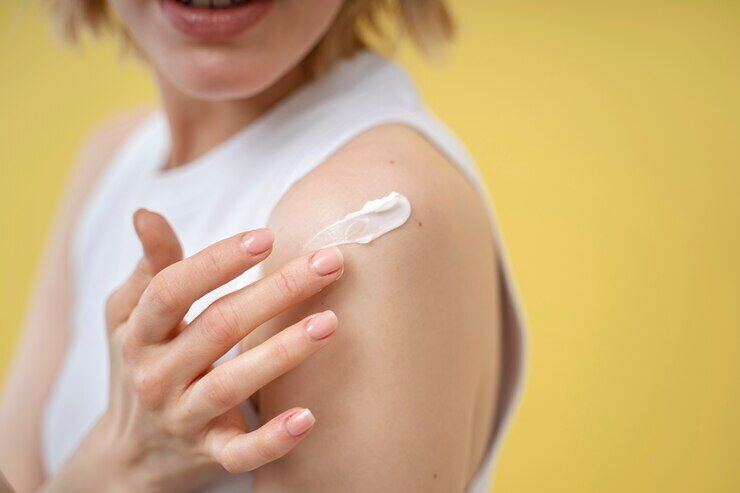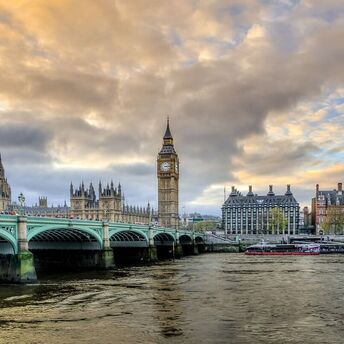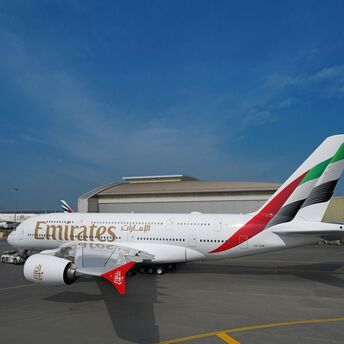Why it's essential to always apply sunscreen before flying: several arguments

Recently, more and more experts and travel bloggers have been advising to apply sunscreen not only during vacations but also during flights.
This advice comes after researchers from the University of California discovered that one hour on an airplane can expose us to radiation equivalent to 20 minutes in a tanning bed. This is due to the increase in ultraviolet radiation with altitude and the fact that the windshields of some commercial airplanes still transmit some UV light. The study also found that these levels may be higher when flying over dense clouds and snowfields, as they can reflect UV radiation, the Huffington Post reports.

Furthermore, a 2015 study found that compared to the civilian population as a whole, pilots and flight attendants have about twice the incidence of melanoma, although it is unclear whether this is due to exposure to UV radiation during flights or on the ground during work or leisure.
Other factors, such as repeated exposure to cosmic radiation and circadian rhythm disruption, may also contribute to the higher cancer rates among airline crews.
Victoria Evans, education manager at Dermalogica, agrees that passengers should also protect their skin during the flight. "Travelers should be cautious about their travel arrangements to make sure they are fully protected before they set off," she says.
"Since airplane windows are made of plastic and glass, harmful UVA rays can penetrate the material, and at 30,000 feet above the ground, these dangerous rays are even stronger," the expert explained.
"SPF protection should be started as soon as you board the plane to ensure that your skin is fully protected from the start of your vacation," she advises.



















